Buzzard Models FOKKERish User manual
Other Buzzard Models Toy manuals
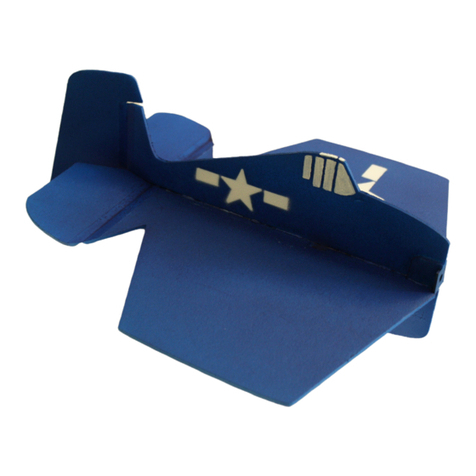
Buzzard Models
Buzzard Models MINI-HELLCAT User manual
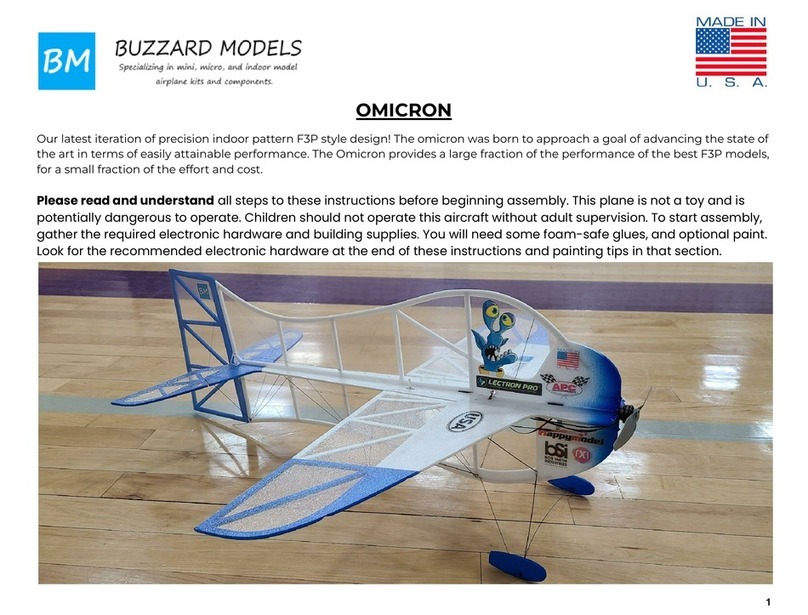
Buzzard Models
Buzzard Models OMICRON User manual

Buzzard Models
Buzzard Models OMICRON User manual
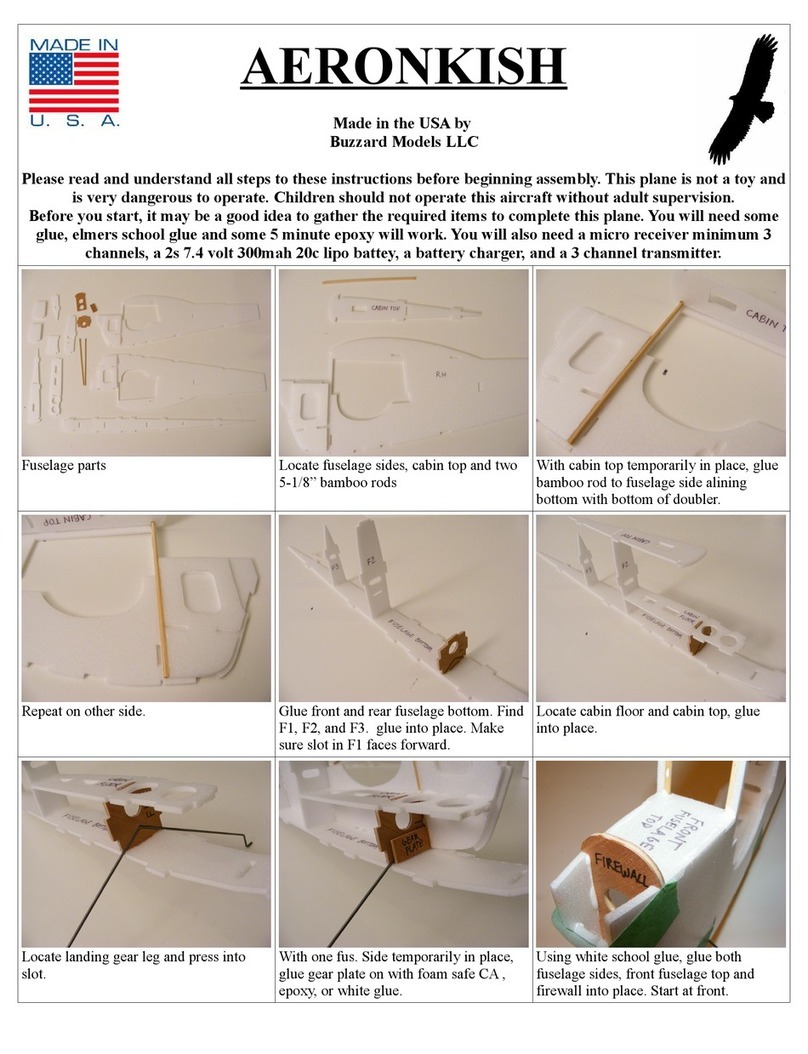
Buzzard Models
Buzzard Models AERONKISH User manual
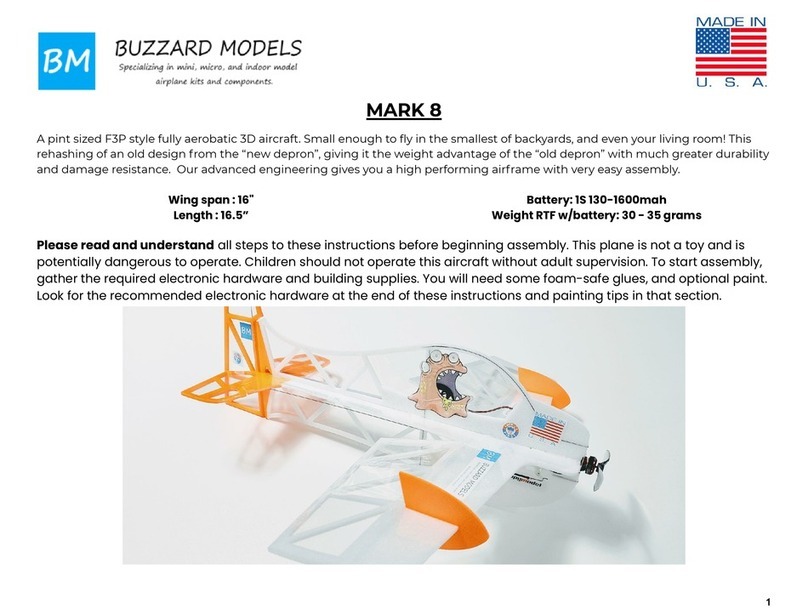
Buzzard Models
Buzzard Models Mark 8 User manual
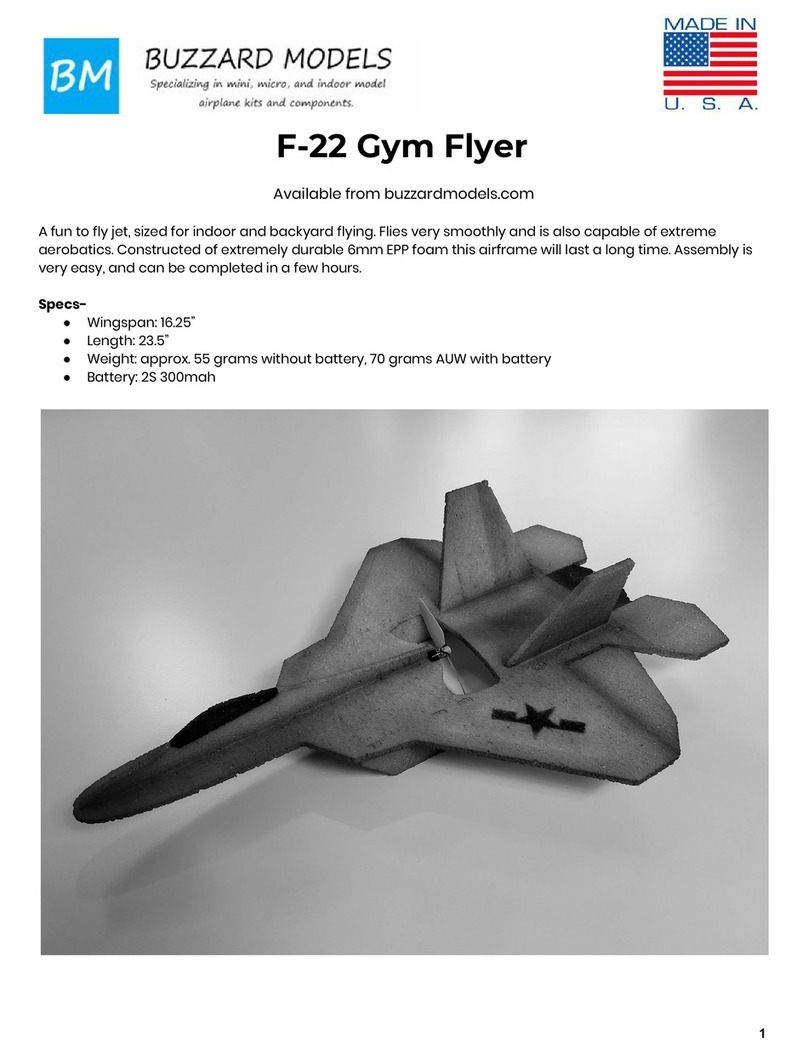
Buzzard Models
Buzzard Models F-22 Gym Flyer User manual
Popular Toy manuals by other brands

FUTABA
FUTABA GY470 instruction manual

LEGO
LEGO 41116 manual

Fisher-Price
Fisher-Price ColorMe Flowerz Bouquet Maker P9692 instruction sheet

Little Tikes
Little Tikes LITTLE HANDIWORKER 0920 Assembly instructions

Eduard
Eduard EF-2000 Two-seater exterior Assembly instructions

USA Trains
USA Trains EXTENDED VISION CABOOSE instructions




















